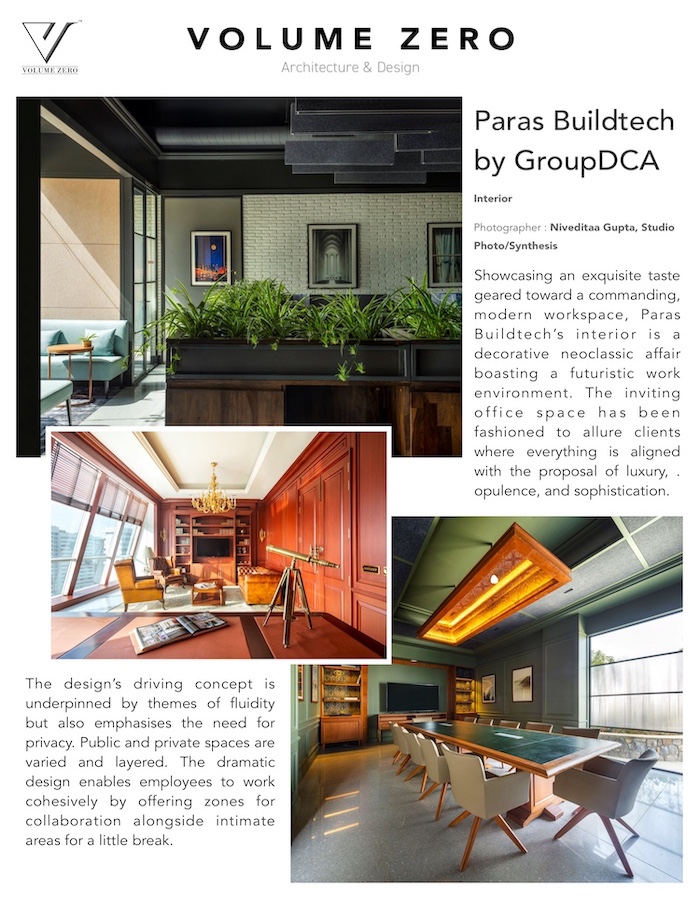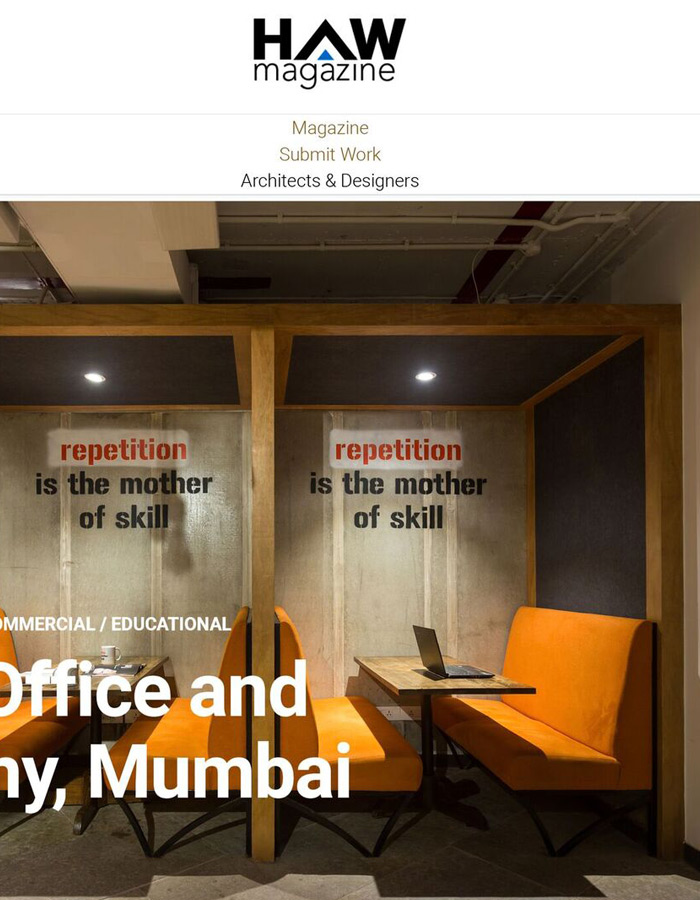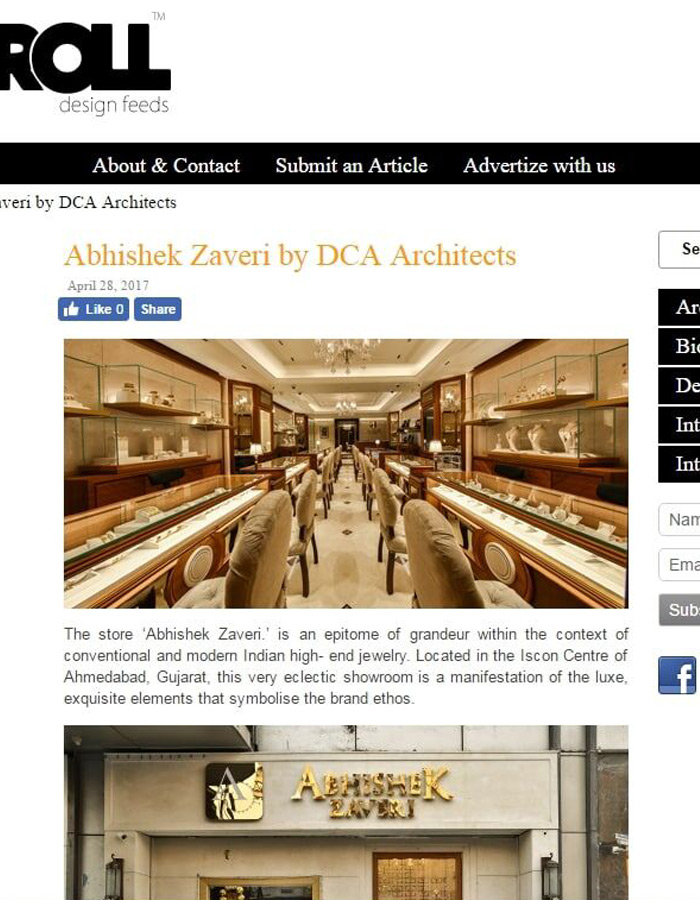How Minimalism is Reshaping Retail Interiors
by groupdca June 2, 2025How Minimalism is Reshaping Retail Interiors
In a world overflowing with noise—pop-ups, ads, content, products, and choices—attention is hard to earn and even harder to hold. Whether online or in physical spaces, brands today face a critical challenge: how to communicate instantly and with impact. Amid this clutter, minimalism has emerged as an aesthetic choice and a strategic tool. Especially in retail, the idea of less is more is reshaping how spaces look, feel, and function.
Purposeful Spatial Planning
Minimalist retail environments prioritise openness and intention. Rather than crowding a space with displays, layouts create breathing room. Generous walkways, clean sightlines, and focused vignettes guide the user naturally. This choreography allows the architecture to fade into the background while the product takes centre stage, transforming the act of browsing into a considered, unhurried experience.
Materiality That Speaks Softly
In minimalist retail design, materials play a crucial role in shaping the sensory and emotional experience of a space. Stripped of excessive ornamentation, the design relies on surfaces, textures, and finishes to convey depth and character. Finely textured elements, such as honed marble, brushed metal, or soft oak, bring a quiet richness that complements the clean lines and open layouts typical of minimalism. These materials introduce warmth and tactility without visual noise, allowing the space to feel composed yet inviting. Their neutrality helps keep the focus on the products while still offering subtle cues of sophistication and permanence, proving that in a pared-back environment, even the slightest material choice carries weight.
Lighting That Guides, Not Commands
Lighting in minimalist retail is used not for spectacle but for nuance. Soft, ambient glow, concealed fixtures, and strategic highlights work together to create a mood and rhythm. Products are framed rather than flooded with light, helping shape perception while reinforcing the overall stillness of the space. This understated approach amplifies the impact of each focal point.
Reflecting Contemporary Consumer Behaviour
Minimalism aligns naturally with a growing consumer desire for clarity and authenticity. In a market saturated with choices, shoppers look for composed and confident spaces. A minimalist retail interior does more than reduce clutter—it conveys trust, value, and a sense of considered luxury.
As retail continues to navigate an era of rapid change, minimalism offers a grounded, future-facing design language. It allows spaces to speak softly yet with conviction, supporting both brand identity and user experience. For us at groupDCA, it’s about style and philosophy: one that understands that to be heard, sometimes you need to say less.







Comments (0)